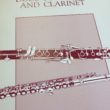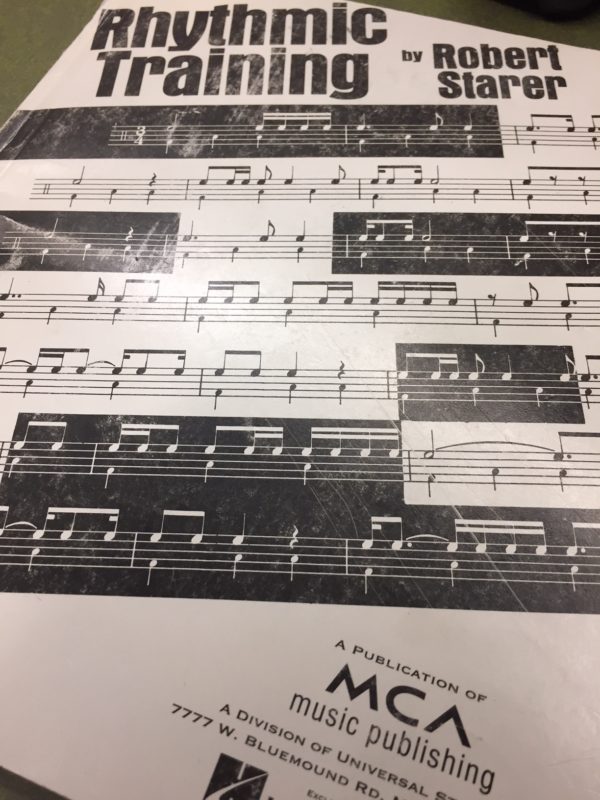 Where to start when taking a look at a piece for the first time? Obviously there are as many approaches as there are musicians, and different pieces call for different attention. For an example, let’s take a look at the Duos for Flute and Clarinet by Robert Muczynski. (I’ll be performing this with my clarinetist colleague in October.)
Where to start when taking a look at a piece for the first time? Obviously there are as many approaches as there are musicians, and different pieces call for different attention. For an example, let’s take a look at the Duos for Flute and Clarinet by Robert Muczynski. (I’ll be performing this with my clarinetist colleague in October.)
First, I do a quick flip through the score. I look for really big picture things like how many movements it has, the general tempo markings, whether each movement tends to look more lyrical or more technical, and so forth. This gives me an idea of the overall road map and usually alerts me to sections that will require more work than others. (Sometimes I’m wrong but I have to start somewhere.)
I focus on rhythm first. In my mind, I have a much stronger grasp on the piece if I have the rhythm scaffolding established, and then I can go back and fill in pitches. If I focus on pitches instead, it takes me much longer to get a piece worked up. It is true that I can’t always separate the pitches out but my main focus is the rhythm. To learn the rhythm, I count, tap it out, sing a syllable, conduct while counting or singing, or a combination of these. I usually am not playing my flute at this point. I go ahead and mark the spots where I am not able to immediately count it accurately. (If there’s one thing I’ve learned, it’s to avoid practicing mistakes.) I’ll focus in on those spots, incorporate them back into the larger context, and continue my rhythm work. I look for the patterns, which saves a lot of mental energy; I can just apply those already-learned rhythms when they reappear. I continue this analysis until I feel like the scaffolding of the piece is there.
Then, while still not playing flute, I take a look at the dynamic shaping, the phrases, the range, and whether those things coordinate or work against each other in some way. Often, when I’m a little further in the learning process, I will create a dynamic chart, where I map out the dynamics alone to see the big picture. This is especially helpful when working on the pacing of a piece.
After all of that is done, I pick up a flute and start playing pitches. I was never strong in ear training class, so I can’t always hear pitches in my head with complete accuracy; doing so isn’t efficient for me, so I use the flute to create those pitches. If I’ve gotten the rhythm relatively stable, the only things that might trip me up as I play through are awkward fingerings. If that’s the case, I work on those in tiny groupings until the unevenness is worked out. (I’m sure I have a blog post about that somewhere...) However, I am generally free to work on just pitches because I’ve established the rhythm already.
If I tried to work on everything all at once and move measure by measure, I would make very little progress. For me, dividing out the musical elements allows me to work efficiently and learn more music in less time.

